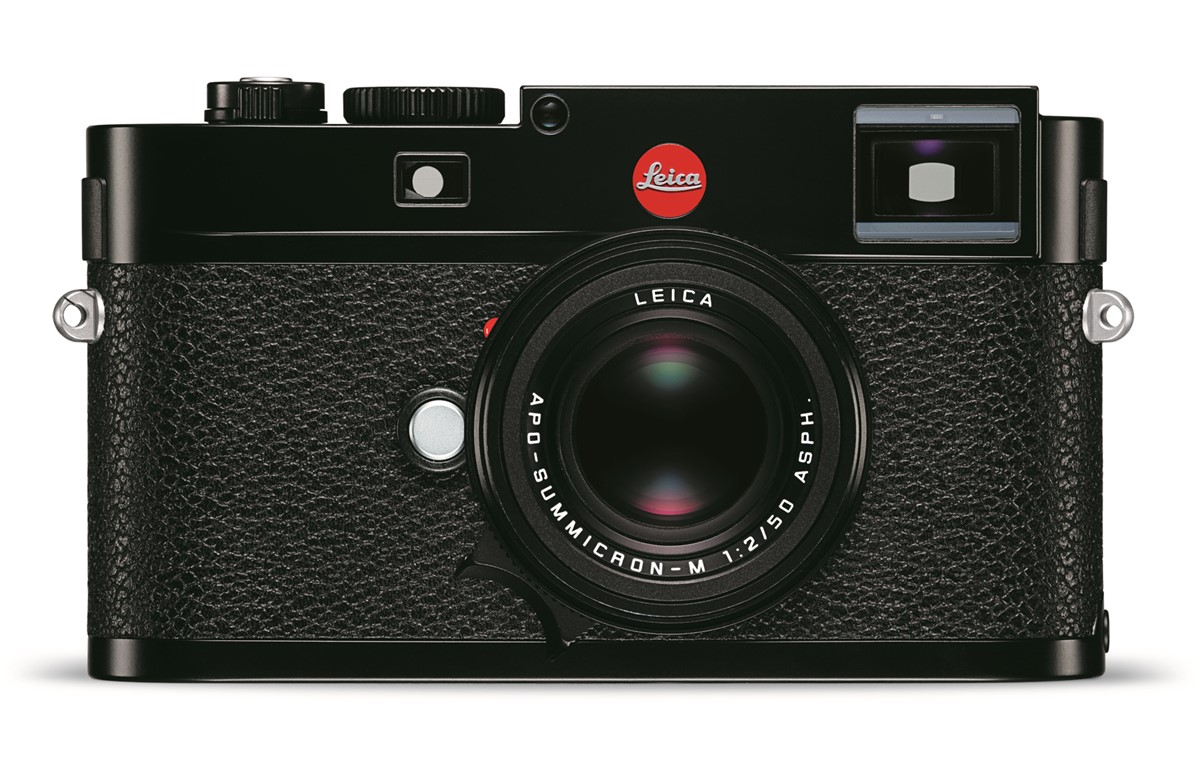Leica today launched the Leica M (Typ 262) digital rangefinder camera to its M system that has a pared-down feature set, an extra quiet shutter unit and a lower price than the M Typ 240.
The new Leica M (Typ 262) uses a 24-megapixel CMOS sensor, a Maestro image processor with a near-silent shutter, and a quiet shutter-cocking motor. Leica has used the button space on the rear of the camera that is used for live view in the Typ 240 to add direct access to the white balance feature.
Instead of a brass top plate the Leica M (Typ 262) uses aluminum, which makes the camera around 100g lighter than the Typ 240.
Leica Introduces M (Typ 262) Rangefinder Camera
Leica M (Typ 262) Rangefinder Camera Price
The Leica M (Typ 262) is scheduled to be available from Leica stores and authorised Leica dealers from November 2015, at a suggested retail price of $5195/£4050 including VAT.
Leica M (Typ 262) Rangefinder Camera Specifications
- 24MP Leica MAX Full-Frame CMOS Sensor
- Maestro Image Processor
- Stills-Only Operation, No Live View
- Manual Rangefinder-Style Focusing
- Optical 0.68x-Magnification Viewfinder
- 3.0″ 921.6k-Dot LCD with Gorilla Glass
- ISO 6400 and 3 fps Continuous Shooting
- Quiet Shutter Cocking Mechanism
- Compatible with M Mount Lenses
- Aluminum Top Plate, Red Leica Dot
Leica M (Typ 262) Rangefinder Camera Images
Focusing on the essentials of M rangefinder photography
Leica Camera has introduced the Leica M (Typ 262) into its digital rangefinder camera range, joining the Leica M and M-P (Typ 240) and the Leica M Monochrom (Typ 246), now giving photographers the choice of four models.
Incorporating rangefinder technology perfected over many decades, the new M (Typ 262) represents Leica M photography in its purest form, concentrating on the most essential features, combined with intuitive handling and discreet styling. This allows users to focus on the fascination of M photography and, ultimately, on capturing the decisive moment.
As with the other digital M cameras, the Leica M (Typ 262) features a high-resolution CMOS full-frame sensor, designed exclusively for rangefinder photography, but excludes video recording and Live View. The 24-megapixel sensor delivers exceptional image quality and extreme sensitivity, and makes the Leica M (Typ 262) the ideal camera for photography in available light situations. At the same time, the camera’s Maestro processor guarantees fast processing of captured images, ensuring that it is immediately ready to shoot.
The clear and practical outer design of the Leica M (Typ 262) also focuses on the essentials. The top plate is made from durable aluminium, making the camera around 100g lighter, and even more ergonomic than its sister models. The words ’Made in Germany’ are engraved on the back of the camera. Further differences include a smaller Leica logo and a ‘step’ at the end of the top plate, which are both features reminiscent of the design of the Leica M9.
For maximum discretion when shooting, the Leica M (Typ 262) shutter is barely audible – an invaluable advantage in situations where the photographer needs to remain unobtrusive. As an aid to this, the camera features a shutter cocking system that is considerably quieter in single exposure mode than that of the M (Typ 240), and enables a shutter release frequency of up to two frames per second. In continuous mode, the M (Typ 262) has the same sequential shooting speed as its sister model and shoots up to three frames per second.
The handling of the Leica M (Typ 262) fulfills everything a discerning photographer expects from a Leica M. This includes the rapid manual focusing process with the coupled rangefinder and the focusing ring of the lens, as well as the option of selecting automatically determined or manually set shutter speeds. Furthermore, as this model does not include Live View or video recording, the menu is extremely straightforward and consists of only two pages. This ensures that all settings are rapidly accessible at all times. White balance is selected by a dedicated button on the back of the camera.






